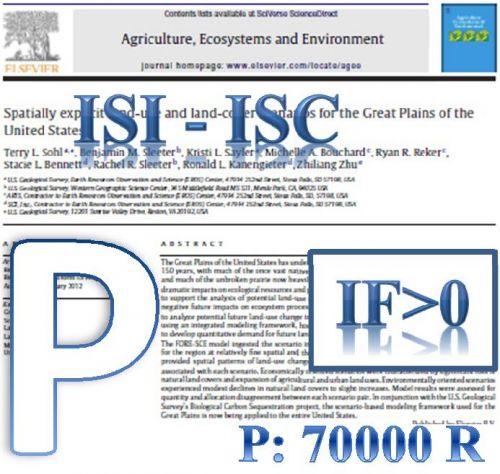Dual relationship between long non-coding RNAs and STAT3 signaling in different cancers: New insight to proliferation and metastasis
نویسندگان : Milad Ashrafizadeh Mohammad Hossein Gholami Sepideh Mirzaei Amirhossein Zabolian Amirabbas Haddadi Mahdi Vasheghani Farahani ShararehHosseinzadeh Kashani Kiavash Hushmandi Masoud Najafi Ali Zarrabi Kwang Seok Ahn Haroon Khan
Uncontrolled growth and metastasis of cancer cells is an increasing challenge for overcoming cancer, and improving survival of patients. Complicated signaling networks account for proliferation and invasion of cancer cells that need to be elucidated for providing effective cancer therapy, and minimizing their malignancy. Long non-coding RNAs (lncRNAs) are RNA molecules with a length of more than 200 nucleotides. They participate in cellular events, and their dysregulation in a common phenomenon in different cancers. Noteworthy, lncRNAs can regulate different molecular pathways, and signal transducer and activator of transcription 3 (STAT3) is one of them. STAT3 is a tumor-promoting factors in cancers due to its role in cancer proliferation (cell cycle progression and apoptosis inhibition) and metastasis (EMT induction). LncRNAs can function as upstream mediators of STAT3 pathway, reducing/enhancing its expression. This dual relationship is of importance in affecting proliferation and metastasis of cancer cells. The response of cancer cells to therapy such as chemotherapy and radiotherapy is regulated by lncRNA/STAT3 axis. Tumor-promoting lncRNAs including NEAT1, SNHG3 and H19 induces STAT3 expression, while tumor-suppressing lncRNAs such as MEG3, PTCSC3 and NKILA down-regulate STAT3 expression. Noteworthy, upstream mediators of STAT3 such as microRNAs can be regulated by lncRNAs. These complicated signaling networks are mechanistically described in the current review.
کلید واژگان :Long non-coding RNA (lncRNA)Signal transducer and activator of transcription 3 (STAT3)MetastasisEMTProliferationCancer therapy
ارزش ریالی : 1200000 ریال
با پرداخت الکترونیک
